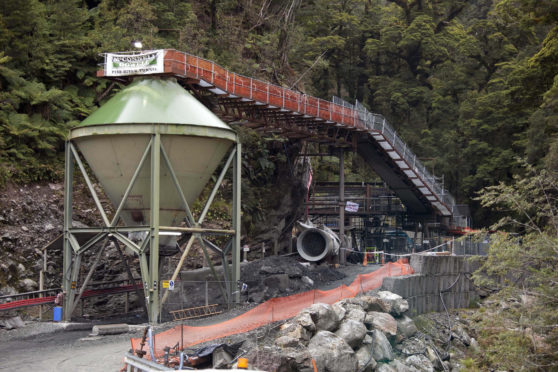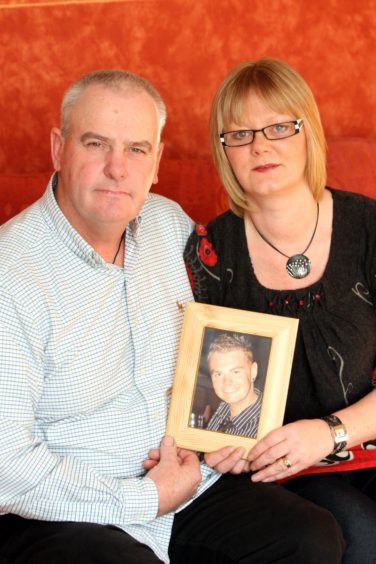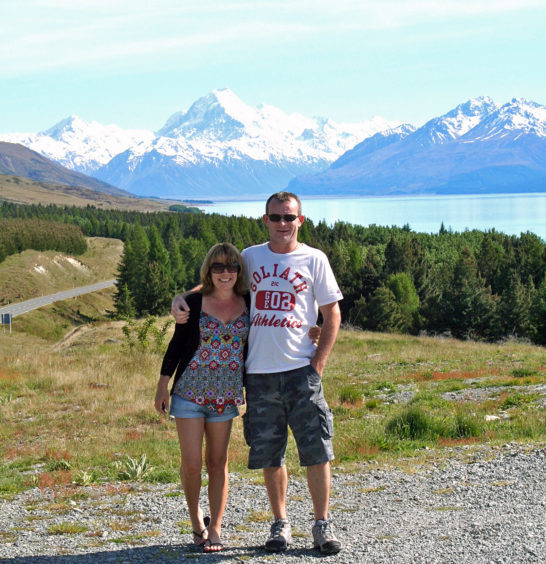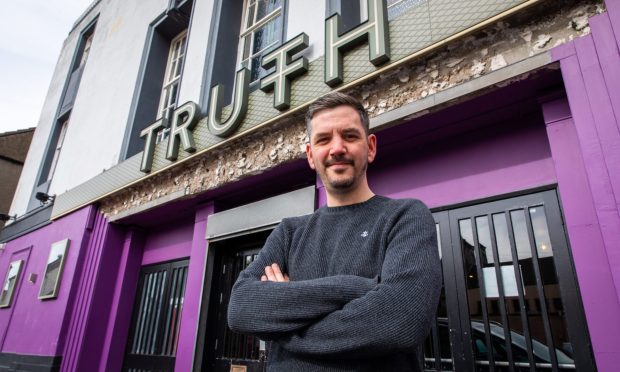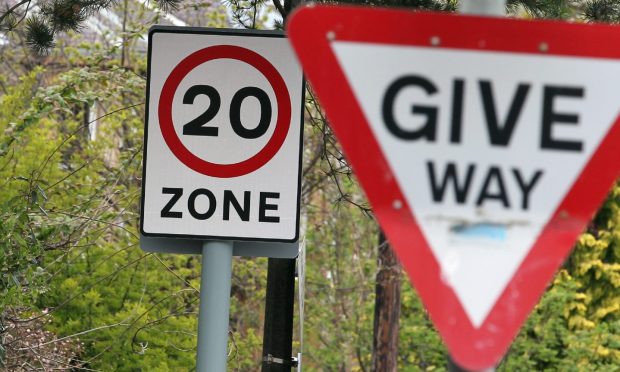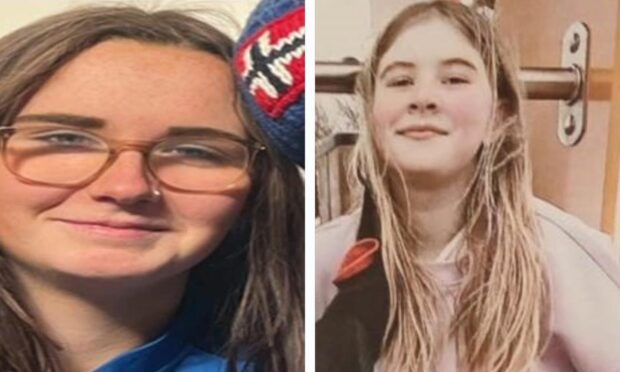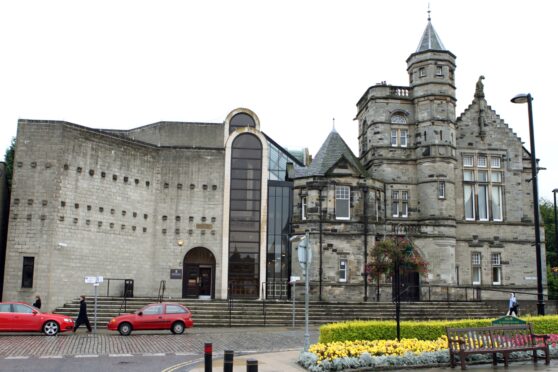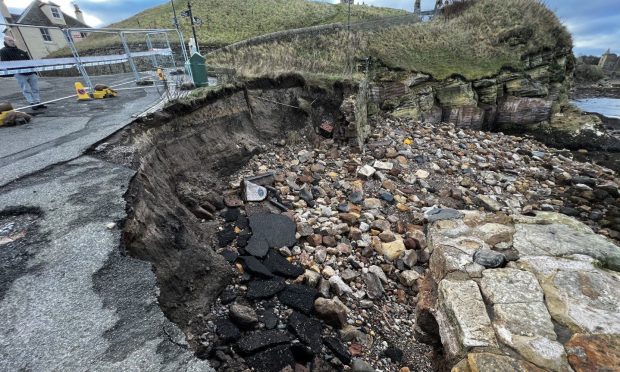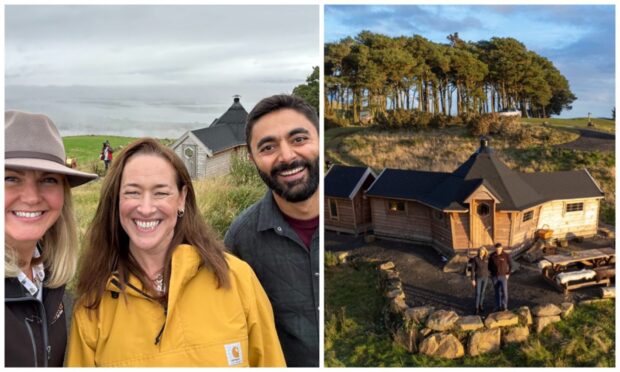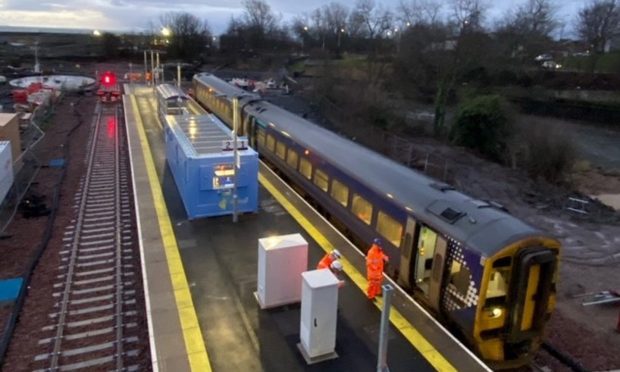Families have been given fresh hope that the bodies of two Scots killed in a mining accident can be recovered, seven-and-a-half years after the disaster.
Malcolm Campbell, from St Andrews, and Pete Rodger, from Perth, were among 29 men who died when gas explosions ripped through the Pike River mine in New Zealand in 2010, causing it to collapse.
The families of the victims were told it was too dangerous to retrieve their loved ones, although their persistent calls to re-enter the mine were given a boost after the outcome of last autumn’s elections in New Zealand.
The minister responsible for Pike River re-entry, Andrew Little, has now led a small group of families into the mine’s portal for the first time since the tragedy.
Mr Little said walking around 30 metres into the mine had been an “emotional journey”, but one which demonstrated that a safe re-entry was possible. He added that significant progress had been made towards this since a special agency was set up by the New Zealand government 11 weeks ago.
“We owe it to those families to re-enter the drift and retrieve evidence and the remains of their loved ones,” he said.
Agency chief executive Dave Gawn said the team hoped to be able to give Mr Little advice on the first stages of a manned re-entry into the mine in the next few months.
The families of Mr Campbell and Mr Rodger have been in close contact with their counterparts on the other side of the world as the wait for news goes on.
Mr Campbell’s mum Jane has previously said the family would be unlikely to get any “closure” after what happened but is now convinced that going into the mine is a necessary step.
“I would like them to go into that drift and get any evidence they can. And, if there are any bodies, get them out,” she said.
“I want to know how and why it happened. It won’t turn back the clock but I would like answers.”
Sonya Rockhouse, who lost her son Ben in the disaster, was one of the family members who symbolically re-entered the mine earlier this week and described it as “one massive step forward”.
Relatives had been frustrated by the previous government’s refusal to re-enter the mine on safety grounds.
Saying the families now felt “very positive” following the change at parliament, she added: “We’re not having to fight for anything, they’re walking alongside us and we’ve got complete transparency – it’s a whole different feeling.
“Hopefully the next time there will be men walking in here and we’ll be shedding tears of joy.”
Mr Little said re-entrance of the mine and recovery of the workers’ bodies was “feasible”, but it would take work.
“All the reports say this is doable but we’ve got to take the right steps at the right time,” he added.
